Strategic Plan
Acknowledging Traditional Territories
Manitoba Association of Watersheds is located and functioning on original lands of Anishinaabeg, Cree, Oji-Cree, Dakota, and Dene peoples, and on the homeland of the Métis Nation. We respect the Treaties that were made on these territories, we acknowledge the harms and mistakes of the past, and we dedicate ourselves to move forward in partnership with Indigenous communities in a spirit of reconciliation and collaboration.
Our core values
Strategic
The MAW board has been diligent in ensuring that MAW as an organization is purposeful and pragmatic in our work and growth.
Supportive
As a member association this it’s integral that we support the Watershed Districts, but this also applies internally. Our team has grown rapidly in the last year and half and it’s imperative that we foster a supportive environment internally.
Equal & Unified
Our focus is to ensure that we provide equal support, recognition and representation to each Watershed District so we can ensure we represent a united approach.
Communicative
Communication is a two way street! We actively seek opportunity to learn from Watershed Districts and hear directly what they want and need from MAW as an association. In return, we make significant efforts to ensure we share the information with our stakeholders in the ways that work best for them.
Effective
We aim to ensure our time and efforts are well spent.
Committed to Growth & Value Added Services
We want to provide value to our members and to the industry as a whole. Whether through the Current and Conference, or through funded projects like PWCP and LL-MB, our aim is to take direction from Districts and seek to fulfill their needs in ways that are sustainable for MAW and Watershed Districts.
Our vision, mission and charitable objectives
Our strategic priorities
-
MAW builds awareness through clear & consistent communications both internally (with Watershed Districts) and externally (in support of Watershed Districts).
Key Strategic Actions:
1. Grow MAW & Watershed District presence in rural, agricultural and mainstream media.
2. Increase understanding of Watershed Districts as the "solution providers" for water and land focused programming in Manitoba. -
MAW builds public awareness of & trust in WD management and WDP through educational activities.
Key Strategic Actions:
1. Build effective partnerships with trusted educational entities and leverage to enhance curriculum-based lessons about water management.
2. Support & promote Watershed District-led educational initiatives.
3. Fund student bursaries to support post-secondary education in applicable faculties . -
MAW raises awareness of WD issues and concerns with applicable levels of government, and advocates for awareness of the WDP value to all levels of government.
Key Strategic Objectives:
1. Build effective relationships within relevant departments and organizations.
2. Meet regularly with WDs to solicit feedback and assess advocacy wants/needs as issues arise.
3. Meet regularly with relevant entities to communicate unified perspective on advocacy issues. -
MAW raises awareness of funding needs and opportunities for Watershed District members and effectively promotes / institutes delivery mechanisms on their behalf.
Key Strategic Objectives:
1) Develop funding strategy based on successful delivery of funding programs at Watershed District level and assess Watershed District funding needs on ongoing basis.
2) Establish committee structure to ensure Watershed District feedback on funding is proactively sought and brought forward to MAW board.
3) Determine MAW's capacity / threshold for administering joint funding projects to ensure long-term sustainability of association.
Operational sustainability
In order to serve our Watershed District members and achieve our strategic goals, MAW must be set up for long-term sustainability.




Organizational structure










